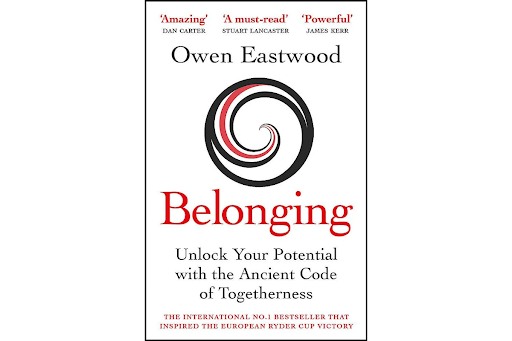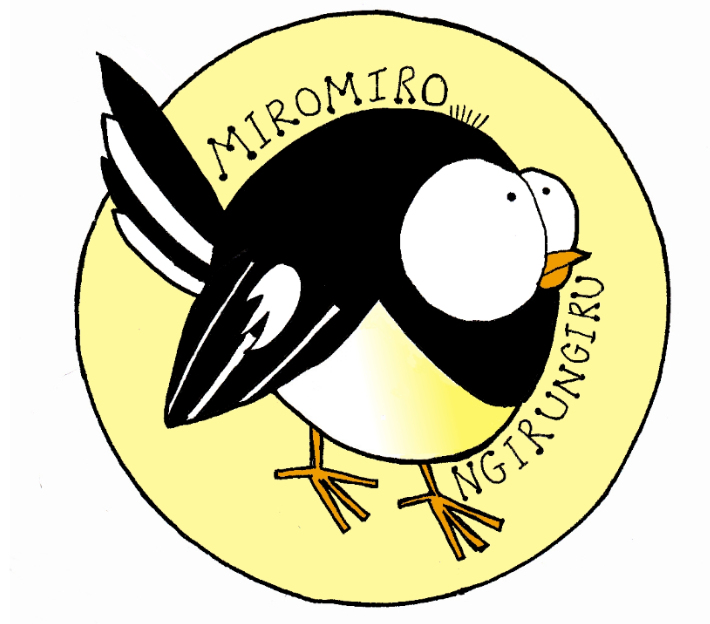Cultures of Conformity and Belonging
- 2 days ago
- 6 min read
by Steve Saville

A few years ago I read Owen Eastwood’s wonderful book “Belonging.” Even though Eastwood wrote more from a sporting leadership/culture perspective I found his book perfectly captured all that I believed to be important with regards to the purpose of a school and of school leadership.
It was profoundly rewarding and comforting to see what I held so dear articulated so clearly and logically.
If you are feeling a bit despondent right now [hardly surprising] and have yet to read this book, please do so. It will help.
As I follow the educational storm that is raging around us right now, as I hear the frustration that is now becoming an anger and a fiery desire to resist I have been reminded of Eastwood's words and so I spent this morning revisiting his book and find that it is more relevant to us, as educators, now than it has ever been. I believe it captures some of the reasons behind our frustration and, more importantly, shines a light on what we can start to do about it.
So what follows is profoundly influenced by ‘Belonging’ but filtered through my teacher’s lens.

Put simply there are two significant ways to develop a school culture.
A Culture of Conformity
This culture is based on an approach that says to a learner, “do as we say, follow our rules and practices, respect the school name and history and our traditions. Show pride in the school and you will belong here.”
Many parents send their children to, what we often refer to as, the ‘elitist ‘schools because they want their children to absorb and be shaped by the values and traditions that form the basis of a culture of conformity as expressed in that institution.
Often it is about how individual success brings kudos to the school. Sporting success reflects well on the school, scholarships reflect well on the school etc.
The disadvantage of too heavy a culture of conformity is that the individual could get lost. Their individual creativity could be subsumed by the need to do what is right for, and expected by, the school.
The advantage of this approach is that the student sees themselves as part of something bigger than themselves. They see service, respect and accountability as being to a community as well as to themselves.
This approach is not ‘right’ nor is it ‘wrong’. It only becomes problematic if it is too dominant and then it becomes restrictive, lacking inclusivity and acceptance and can even be seen as a form of bullying.
But ‘top down’ approaches rarely work in the long term, they might suppress and enforce conformity but they do little to foster a sense of belonging, and let us remember that belonging is a primal, human need.
On the other hand we have.
A Culture of Belonging
This is where every individual can stand and succeed as the unique individual they are. They are given a clear message by the school that they belong and they are valued. This is inclusive and empowering for all learners irrespective of diversity, orientation or background.
The potential disadvantage of this approach is that it could develop a degree of Narcissism in some students, where they see themselves as the center of the universe that the school should revolve around. They don't buy into the school beyond how it serves their individual goals and purpose.
The advantages are that every student is included and made to feel safe. They develop in a school environment where they can learn, experiment and make mistakes in safety. Where their imagination and creativity is seen as a treasure and not a threat.
Again this is neither ‘right’ nor is it ‘wrong’.
As with most things in life, it should not be a choice between one or the other but rather finding a happy medium that develops the individual as the unique and wonderful human they are within a growing sense of community, responsibility and accountability.
We should continue to search for this space in our schools where the identity of the individual happily coexists with that of the institution.
This is where we develop ‘kindness’ to and of self and others [and yes some of us still hold this word close, thanks Jacinda].
I am reminded of the words of Gert Biesta where he advocates that schools should be
places of magic, where a young person is given the opportunity to discover themselves
and their place in the world in a safe environment.
So what has this to do with the current situation and what can we do about it?
Well right now I think we are witnessing the imposition of a culture of conformity. We are being told what to do and how to do it. We are being told that we have been doing it all wrong, that there is a path that we need to follow that will be good for all and we must not question it. At least that is what it feels like. The fact that we don't always really know who is behind and driving this messaging is infuriating and alienating.
Maybe we are feeling the same frustration that our students have often felt in the past. We feel excluded and unheard and yet we are expected to believe and implement.
Now I have always believed that individuals innovate but systems sustain so I am by no means opposed to systems or systemic approaches where they enable sustainability and equity but…
We need to reclaim our voice and our expertise needs to be respected and heard. We need to do this in a positive and proactive way otherwise we run the risk of just appearing angry at change. We need to protect the culture of inclusion and belonging that we have worked hard to establish and nurture in our schools but now we also need to demand it for our profession.
We need to find ways to ensure that we still have a sense of belonging. Part of this is ensuring that we retain the freedom to express our own identity as professionals.
The pendulum needs to swing back a bit [Ok quite a bit].
But how?
Eastwood writes about the importance of connections. We must ensure that we continue to talk and listen to each other.
Eastwood also explains that one of the most effective ways of forging and strengthening our connections is through our stories. So we must continue to share our stories. Stories strengthen values whereas rules strengthen regulations. We need to ensure that both exist in balance.
Waiho i te toipoto, kaua i te toiroa.
Let us keep close together, not far apart.
As I have said before, a shared vision and shared values understood by all are the most effective way of starting to bring these two cultures together. A vision that the individual can see themselves in but also links to a collective sense of shared purpose and identity.
Where there is no vision; the people perish.
Proverb 29-18
Of course we had such a vision in the original Te Mātaiaho [not the recent
dismembered and butchered version].
The whakapapa of Te Mātaiaho had the child in the centre, their voices developed the whakapapa and it placed them at the centre of the curriculum, surrounded and protected by their world, knowledge, community and culture.
A small way forward then is to be determined in our use of, and reference to, this original whakapapa and then let our small acts and our tiny changes be led by the aspirations contained within it.
It is not about ‘knowledge rich’’, it is not about the ‘science of teaching or learning’, or ‘learner agency’. It is about all of these and many more approaches and theories. The only choice is whether what we are doing will enhance the educational and developmental experience of each and every learner, will it help them to discover themselves and their place in the world, and yes the acquisition of knowledge is a key component of this journey.
We must keep a generous heart. That is what truly inspirational teachers never
lose.
6. We have to question, but our North Star in this questioning should always be
the wellbeing of the people, our people in our kura. This should encourage us to,
‘Look at every path closely. Then ask yourself, and yourself alone, does this path
have heart?” [Carlos Castenada].
So as we all take small steps and make tiny changes, as we question, share our stories, make tiny acts of defiance, write letters, sign petitions etc. we must continue to preserve our generous heart with the small acts of kindness that empower and give hope to our students, all delivered under the protective warmth of, and guided by the vision of Te Mātaiaho [the original].
This is where we retain the joy of learning, the magic of schools and the mana of our profession, our kura and our communities.
In the face of ‘top down’ regulation, sometimes the best way to fight back is by ‘bottom up’ action, seemingly tiny, actions that bring horizons closer and that keep the spirit of magic alive in our schools.
As my tiny koha to all of this I would like you to meet Fika, who appears at the top of this blog. Just to lighten the load a bit I would like to do a weekly comic strip [a story sharing if you like] for the rest of Term 4, featuring Fika as he strives to retain his individuality and uniqueness.
It is not going to change the world but if it helps give the pendulum a bit of a nudge then it will be worthwhile eh.
Small steps. Tiny changes.





Comments